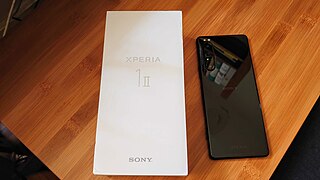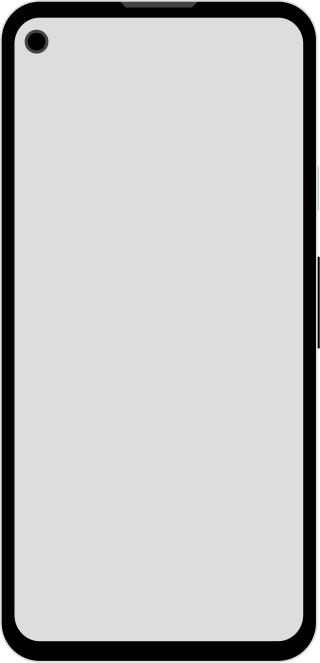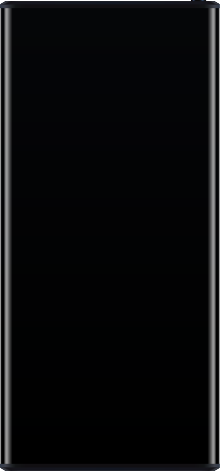
Sony Xperia T is an Android smartphone manufactured by Sony Mobile. Introduced on 29 August 2012, it is Sony Mobile's last device ever introduced to feature the Sony Ericsson liquid energy logo after Sony acquired Ericsson's stake in Sony Ericsson in January 2012. It was released in October 2012.

The Xiaomi Mi 8 is a flagship Android smartphone developed by Xiaomi Inc. It was launched at an event held in Shenzhen, China as the successor to the Xiaomi Mi 6. The naming of the Xiaomi Mi 8 is in celebration of Xiaomi Inc's eighth anniversary. The Mi 8 draws parallels to the iPhone X, as both the rear and front of the phone are replicated. This design was later carried on to the mid-range Redmi Note 6 Pro and Mi A2 Lite.
The Xiaomi Mi 8 Explorer Edition is a flagship Android smartphone developed by Xiaomi Inc. It was launched at an event held in Shenzhen, China.

The Xiaomi Pocophone F1 is a smartphone developed by Xiaomi Inc, a Chinese electronics company based in Beijing. It was announced on 22 August 2018 in New Delhi, India. Though part of Xiaomi's line of mid-range devices, it is equipped with high-end specifications. The device is available globally in limited numbers, except for India where it enjoys wide availability. The Pocophone was often considered to be a flagship model of the Redmi line of 2019, although officially marketed as a separate and distinct model.

The Xiaomi Mi 9 is a flagship Android smartphone developed by Xiaomi Inc. It was announced in February 2019.
Redmi K20 Pro and Redmi K20 are smartphones introduced by the Xiaomi sub-brand Redmi in an event held in China. A Premium variant for the Pro was later revealed, with the Snapdragon 855+, a new 512 GB/12 GB RAM model, a refined cooling system, and an exclusive finish.

The ROG Phone II is an Android gaming smartphone made by Asus as the second generation of ROG smartphone series following the first generation ROG Phone. The ROG Phone II was announced in July 2019 and competes with the Xiaomi Black Shark 2 Pro and ZTE Nubia Red Magic 3s.
The Xiaomi Mi 9 Pro 5G is a flagship Android smartphone developed by Xiaomi. It was announced in September 2019 as an upgraded version of the Mi 9.
The Xiaomi Mi CC9 Pro is an Android smartphone developed by Xiaomi. It is the world's first commercially available phone with a 108 MP primary camera.

The Sony Xperia 1 II is an Android smartphone manufactured by Sony Mobile. Part of Sony's Xperia series, the phone was announced along with the mid-range Xperia 10 II on February 24, 2020. Key upgrades over its predecessor, the Xperia 1, include support for 5G connectivity and Qi wireless charging, and a triple-lens camera which incorporates ZEISS-branded lenses with T✻ (T-Star) anti-reflective coating as well as technology brought over from Sony's Alpha camera lineup.

The Samsung Galaxy A41 is a mid-range Android smartphone developed by Samsung Electronics as part of their 2020 A-series smartphone lineup. It was announced on 18 March 2020, and first released in Europe on 22 May 2020 as the successor to the Galaxy A40. The phone comes preinstalled with Android 10 and Samsung’s custom One UI 2.1 software overlay.

Redmi K30 Pro is a line of Android-based smartphones manufactured by Xiaomi and marketed under its Redmi sub-brand. There are four models, the K30 Pro, K30 Pro Zoom, K30 Ultra and the POCO F2 Pro, which is a rebranded version of the K30 Pro.

The Xiaomi Mi 10T, Xiaomi Mi 10T Lite and Xiaomi Mi 10T Pro are Android-based smartphones developed by Xiaomi Inc. announced on 30 September 2020, while the Xiaomi Mi 10i, which is based on Mi 10T Lite but with a 64 MP camera, was announced on 5 January 2021.
The Sony Xperia PRO is an Android smartphone manufactured by Sony Mobile. It is exclusive to the United States, Japan, and Europe, and is intended as a phone for video professionals, offering HDMI input and mmWave 5G connectivity.

The Pixel 5a, also known as the Pixel 5a with 5G, is an Android smartphone designed, developed, and marketed by Google as part of the Google Pixel product line. It serves as a mid-range variant of the Pixel 5. It was officially announced on August 17, 2021 via a press release and released on August 26.
The Sony Xperia PRO-I is an Android smartphone manufactured by Sony. Designed to be the new professional flagship of Sony's Xperia series, the phone was announced on October 26, 2021.

The Samsung Galaxy Xcover 5 is an Android-based smartphone designed, marketed, and manufactured by Samsung Electronics. It was announced on March 4, 2021. The phone has a single-camera setup with a 16 MP main camera, a 5.3 in HD+ display, and a 3000 mAh Li-Ion battery. It ships with Android 11.
The Samsung Galaxy Tab S6, Samsung Galaxy Tab S6 5G, Samsung Galaxy Tab S6 Lite and Samsung Galaxy Tab S6 Lite 2022 are Android-based tablets designed, developed, and marketed by Samsung Electronics. Galaxy Tab S6 was announced on 31 July 2019, Galaxy Tab S6 5G was announced on 29 January 2020, Galaxy Tab S6 Lite was announced on 2 April 2020, and Galaxy Tab S6 Lite 2022 was announced on 14 May 2022.
Xiaomi MIX Fold 2 is an Android-based foldable smartphone manufactured by Xiaomi. For the first time in the MIX Fold series, the phone developed in partnership with Leica camera, it was announced on August 11, 2022.
The Redmi 7 is an Android-based smartphone as part of the Redmi series, a sub-brand of Xiaomi Inc. It was announced on March 18, 2019 and it was released on March 20, 2019.










